Archive
2021
KubaParis
'When I Wrote a Poem’
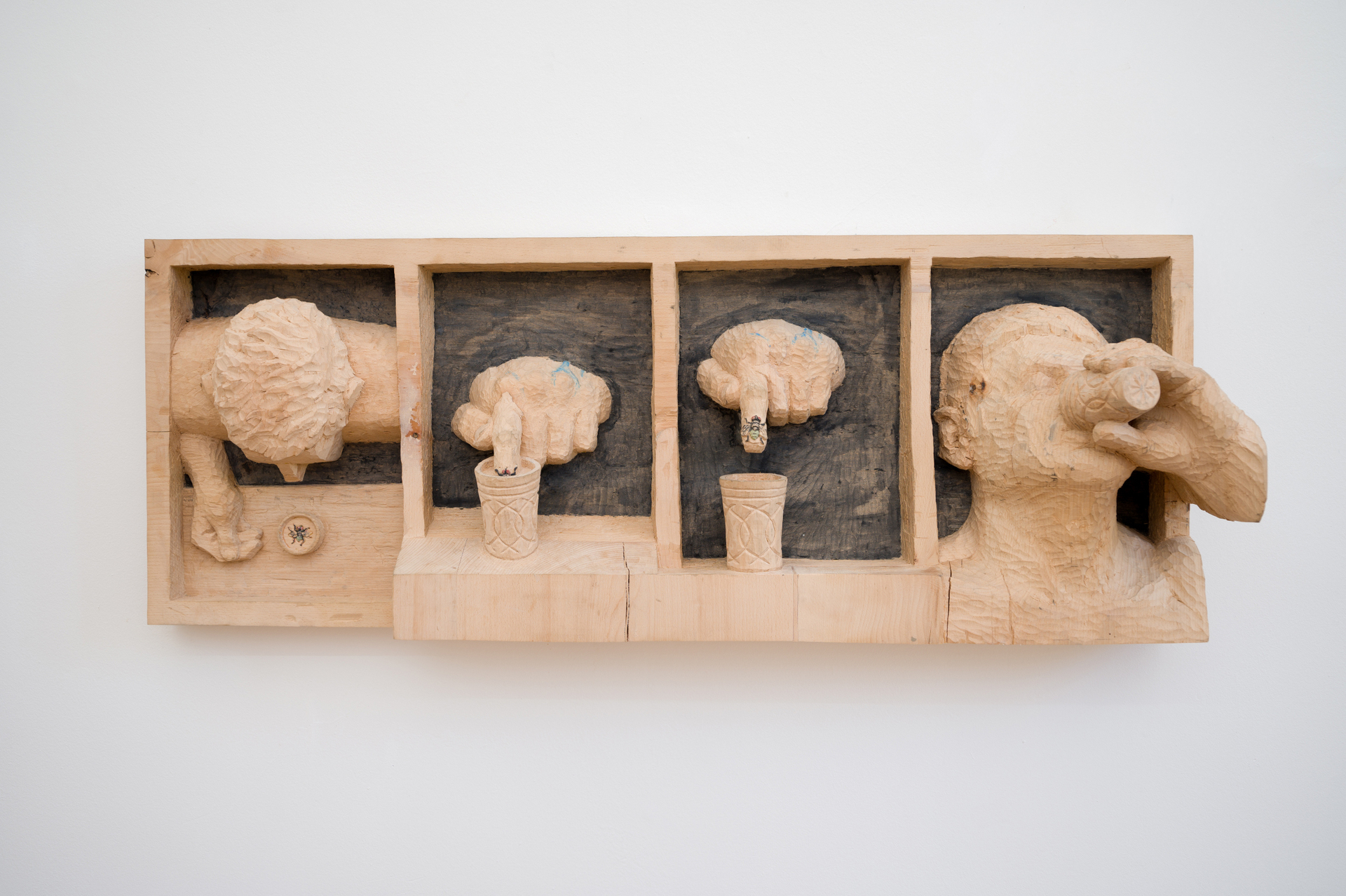
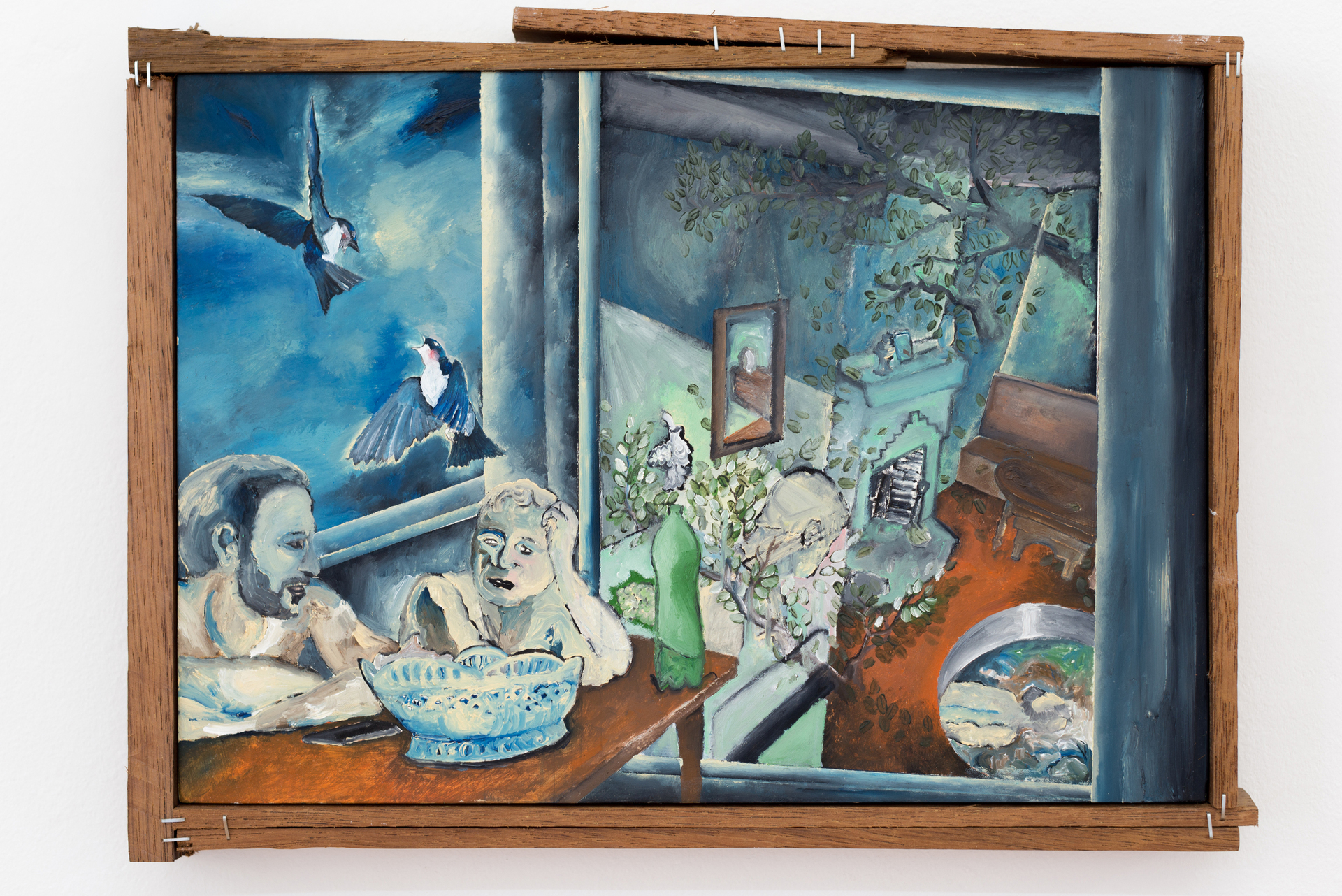
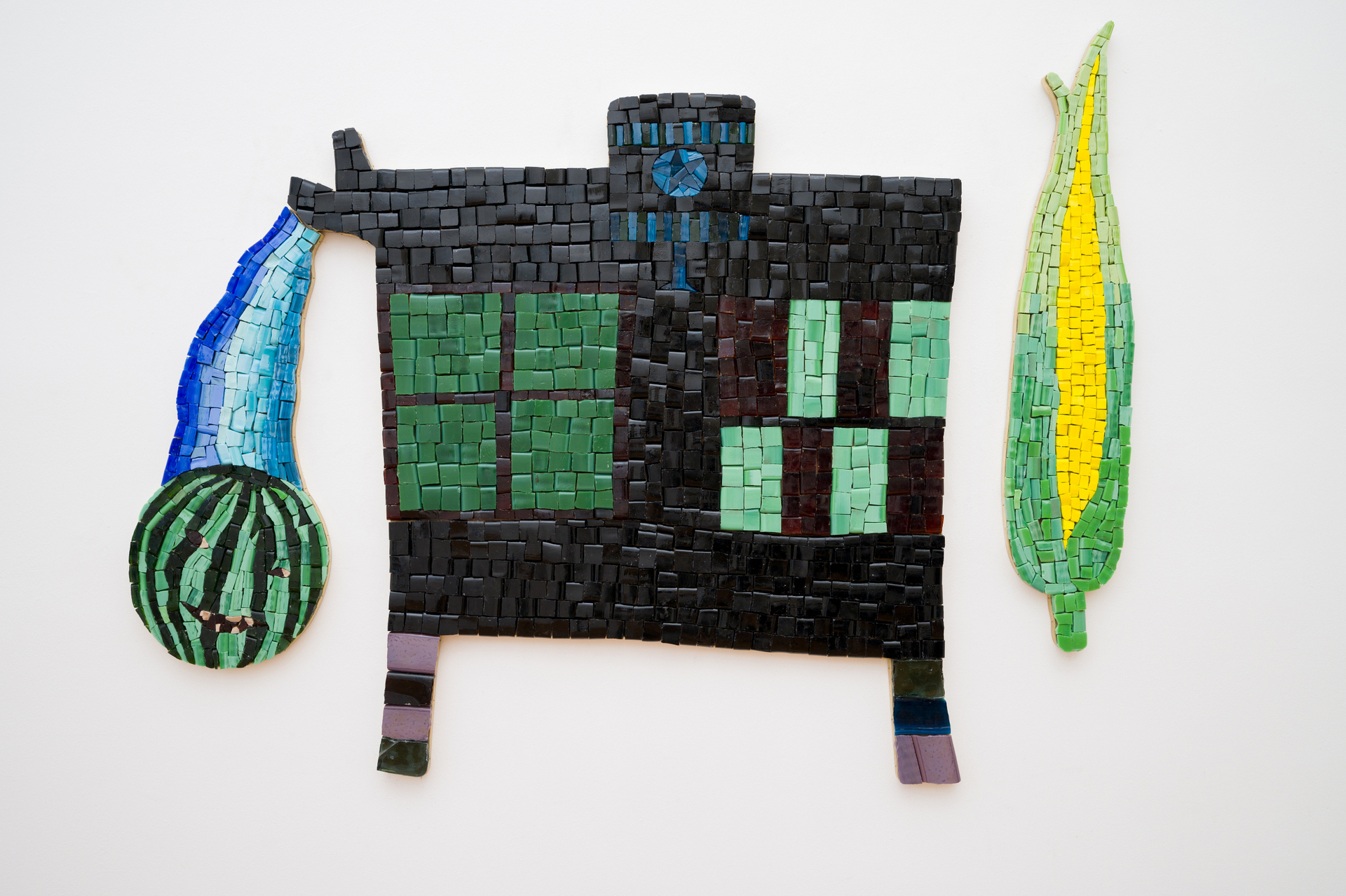
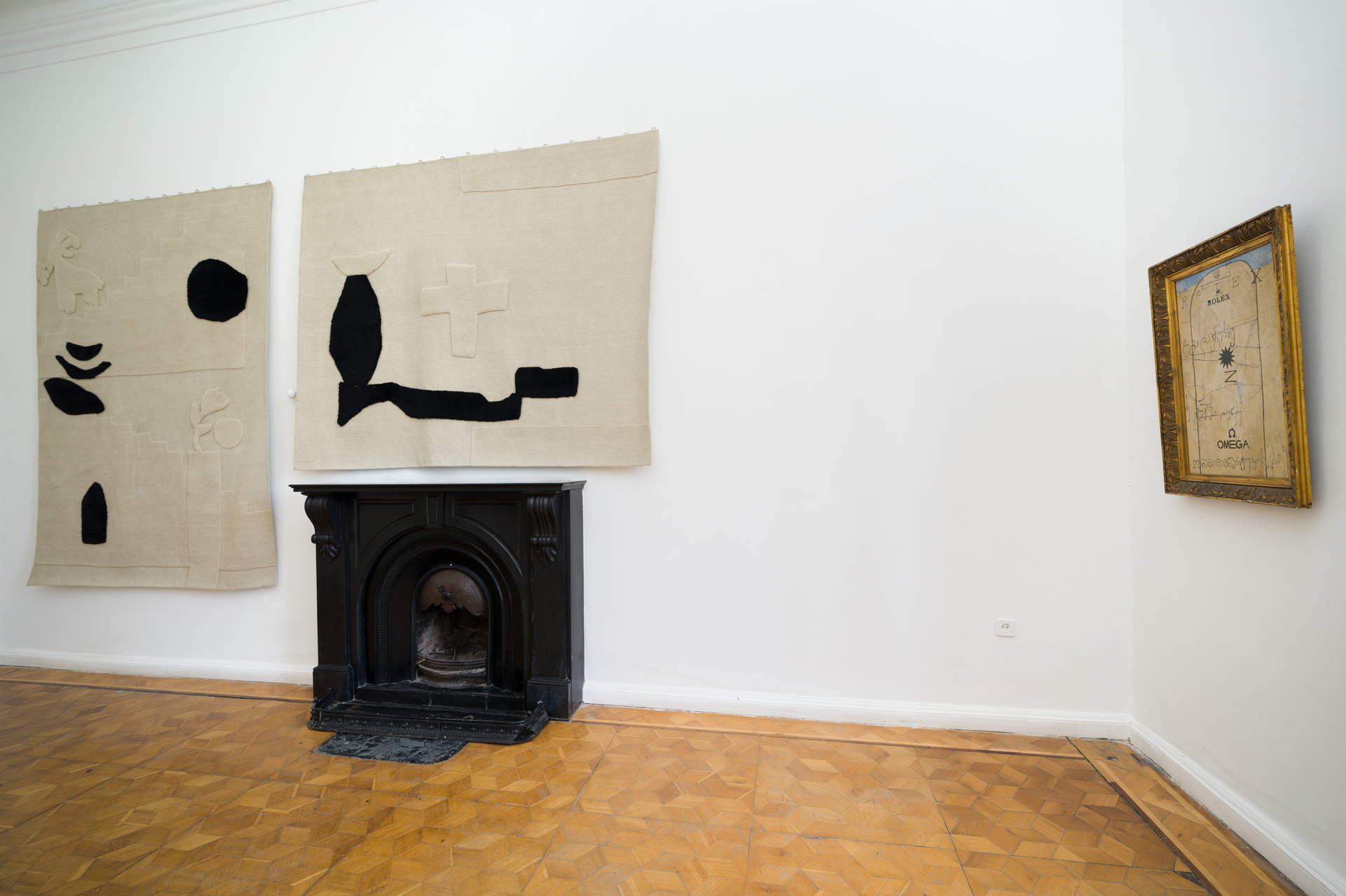
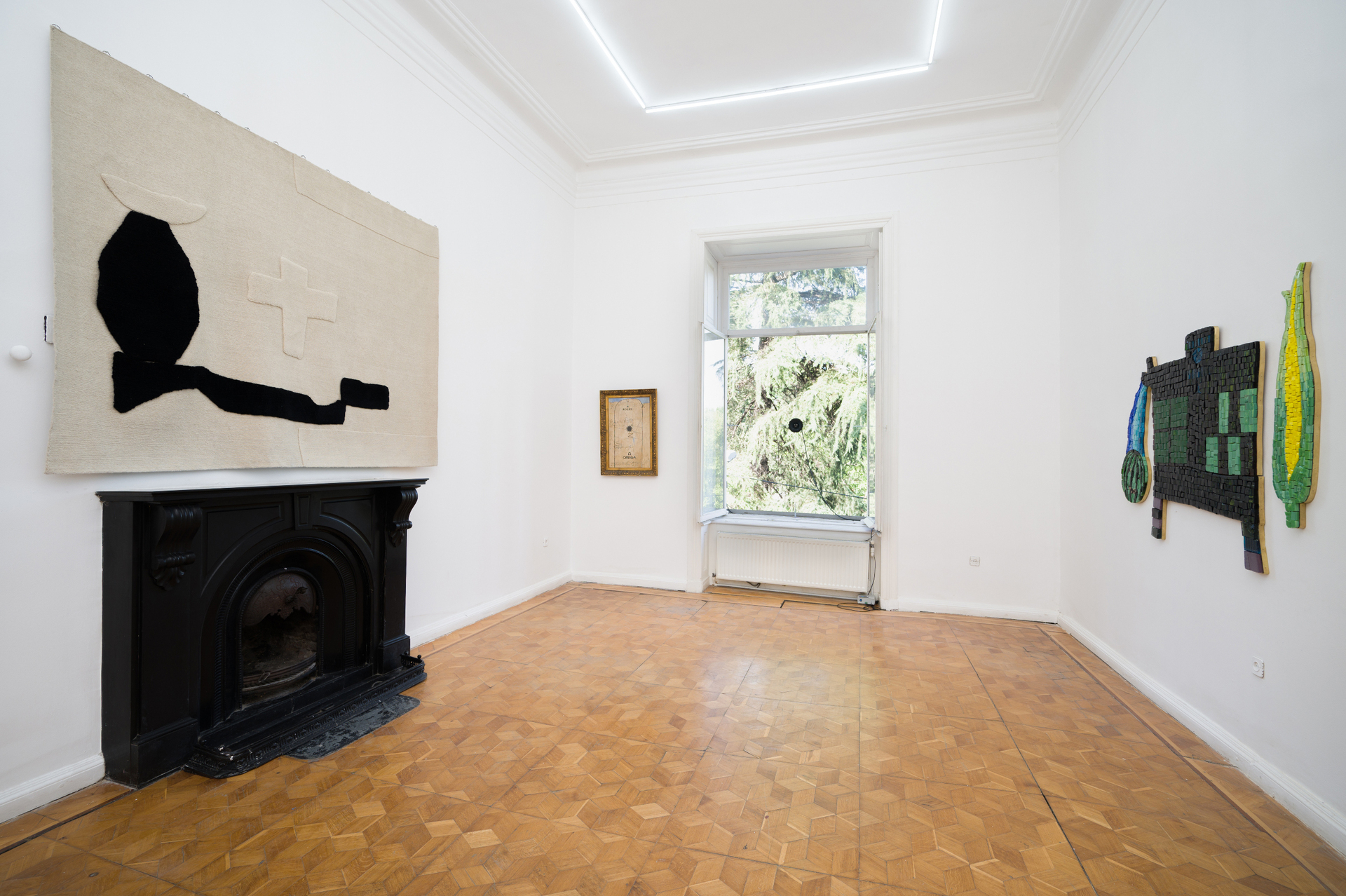
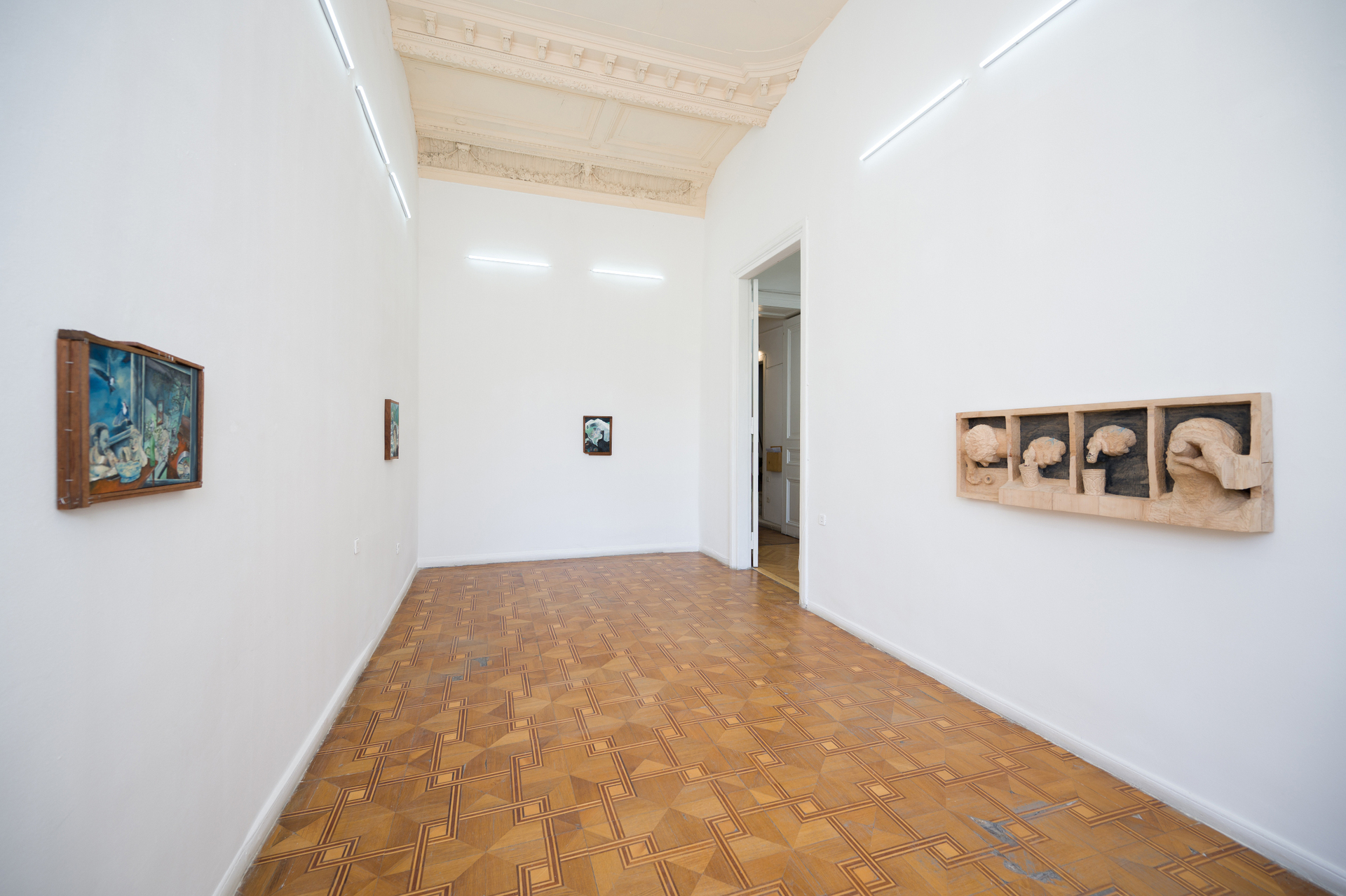
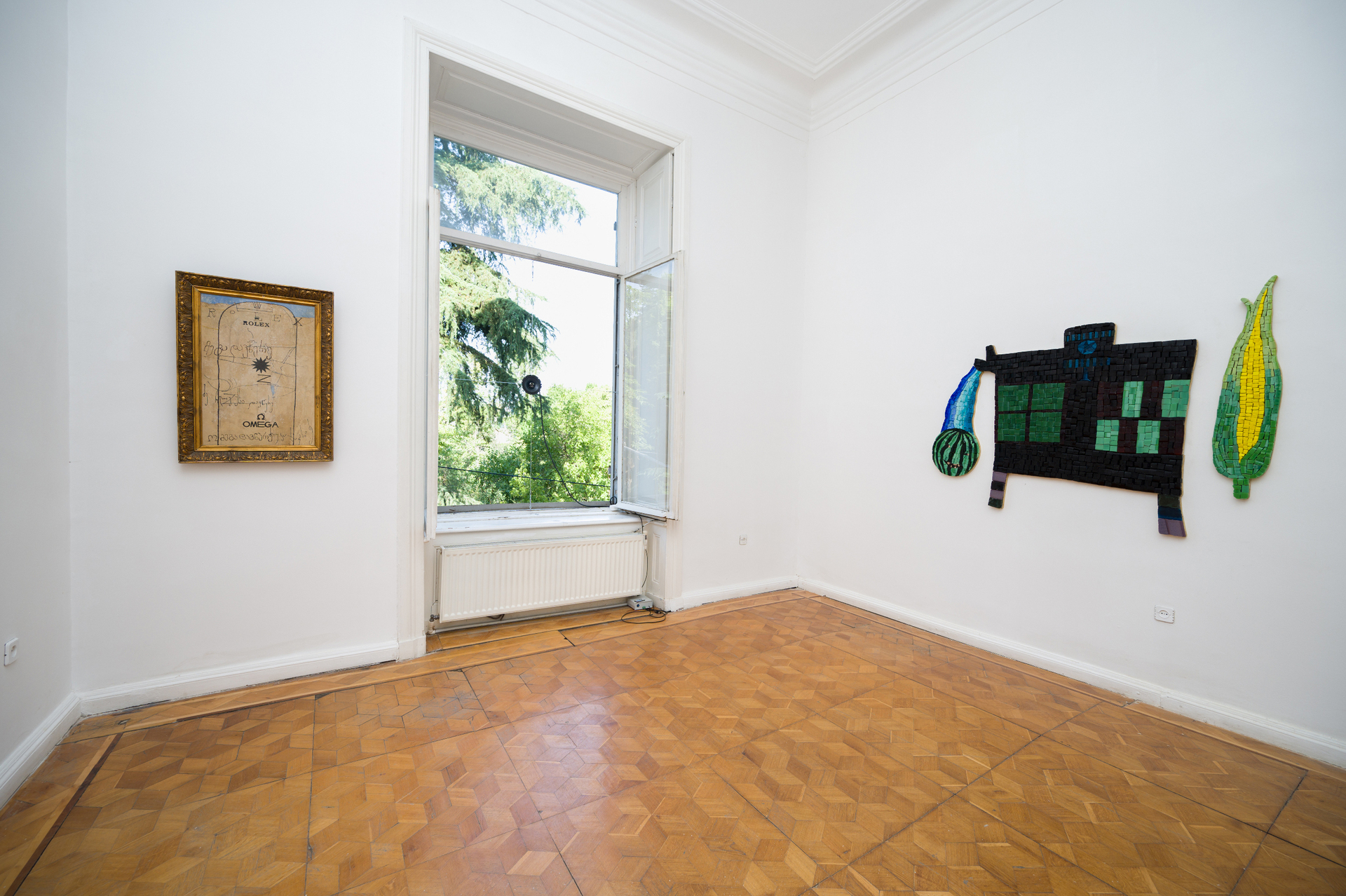
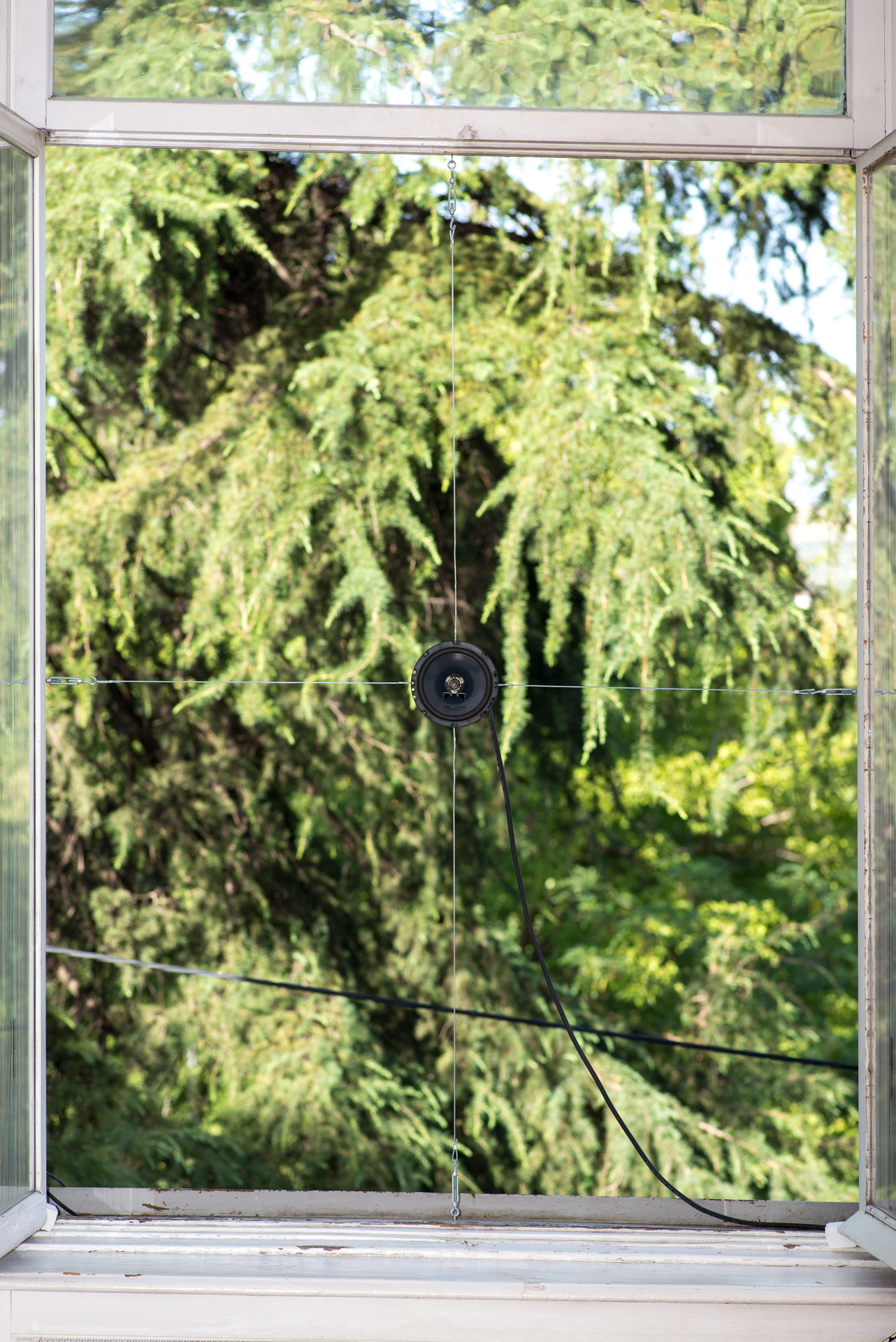
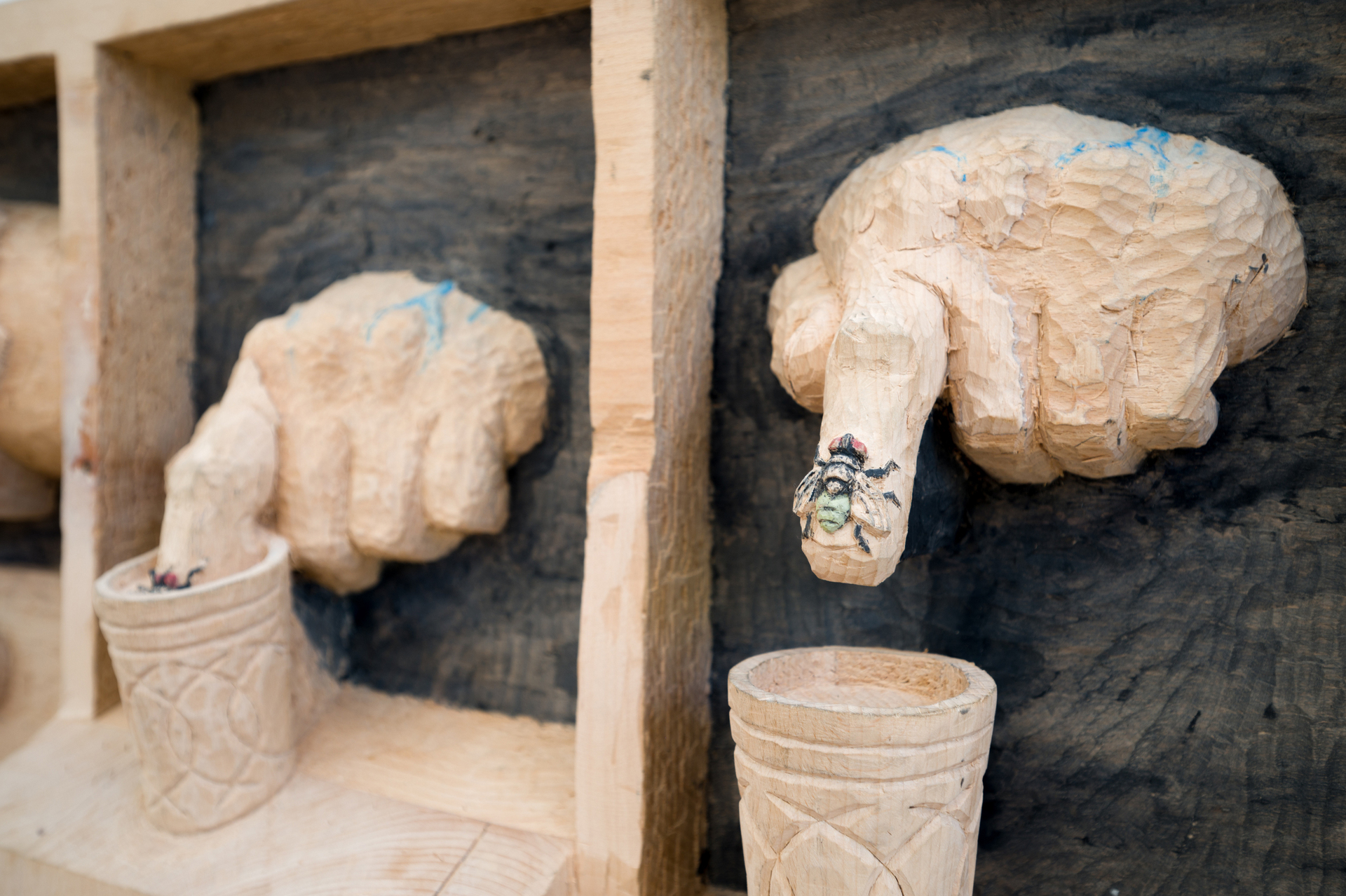
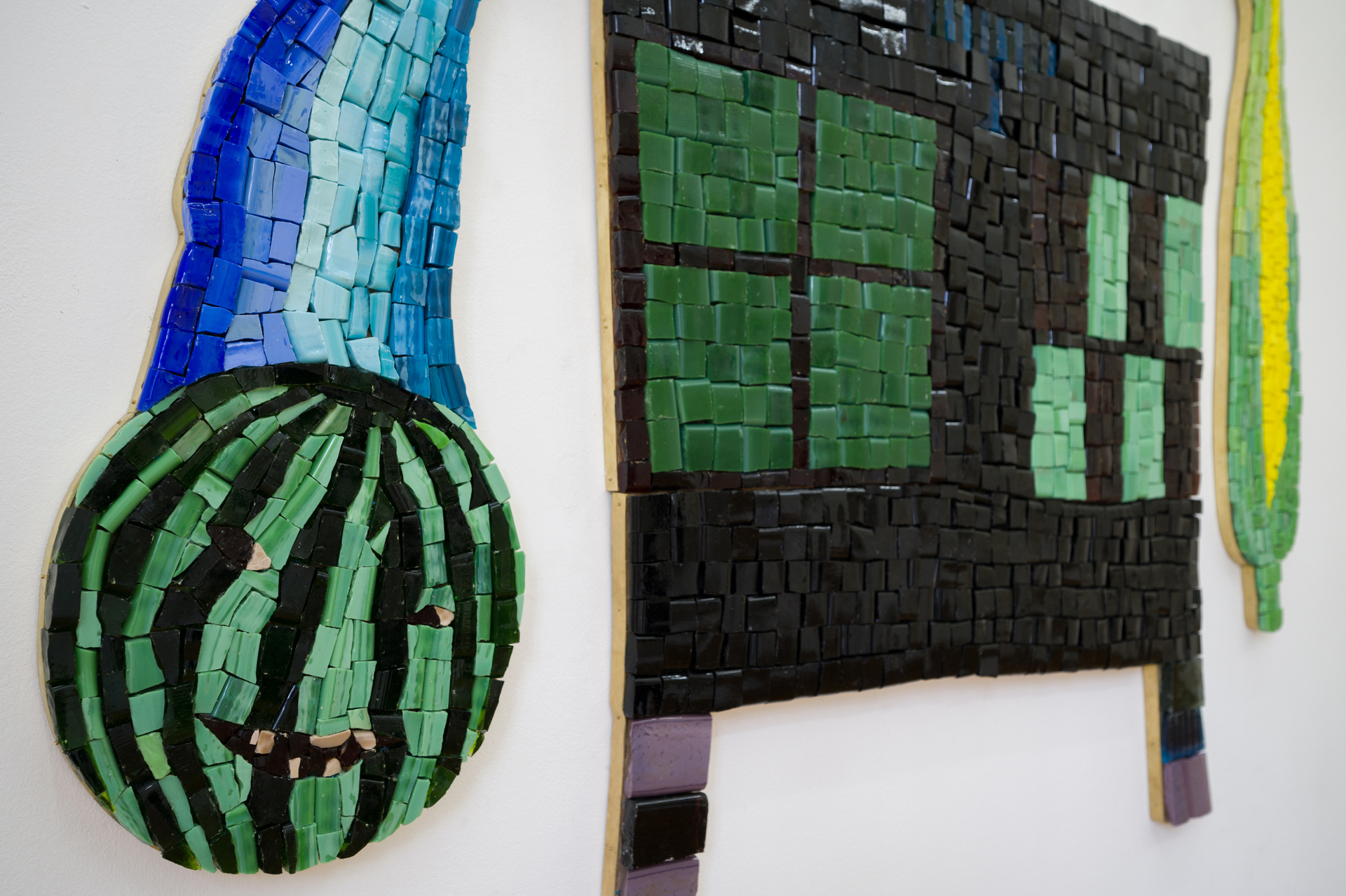
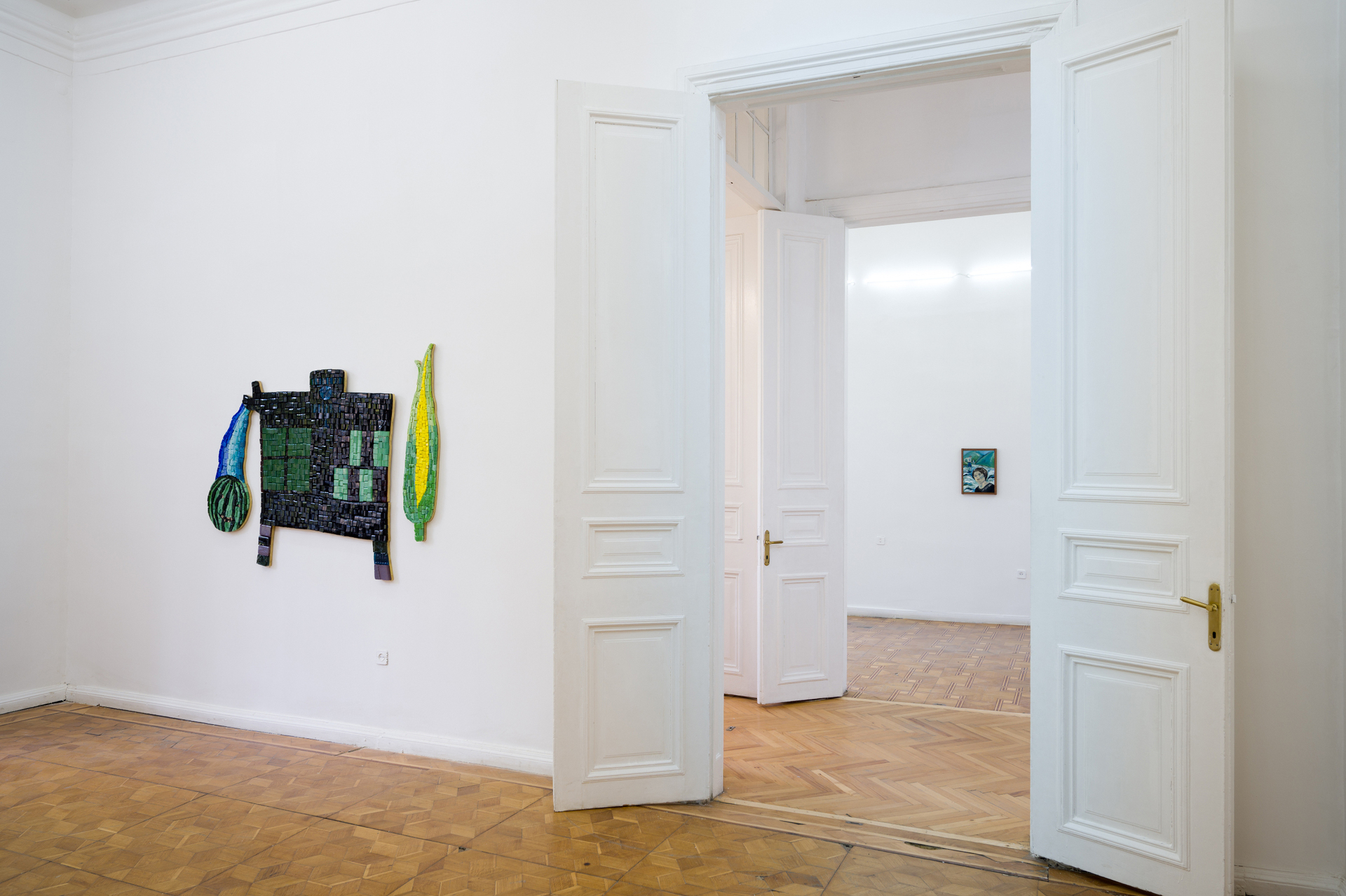
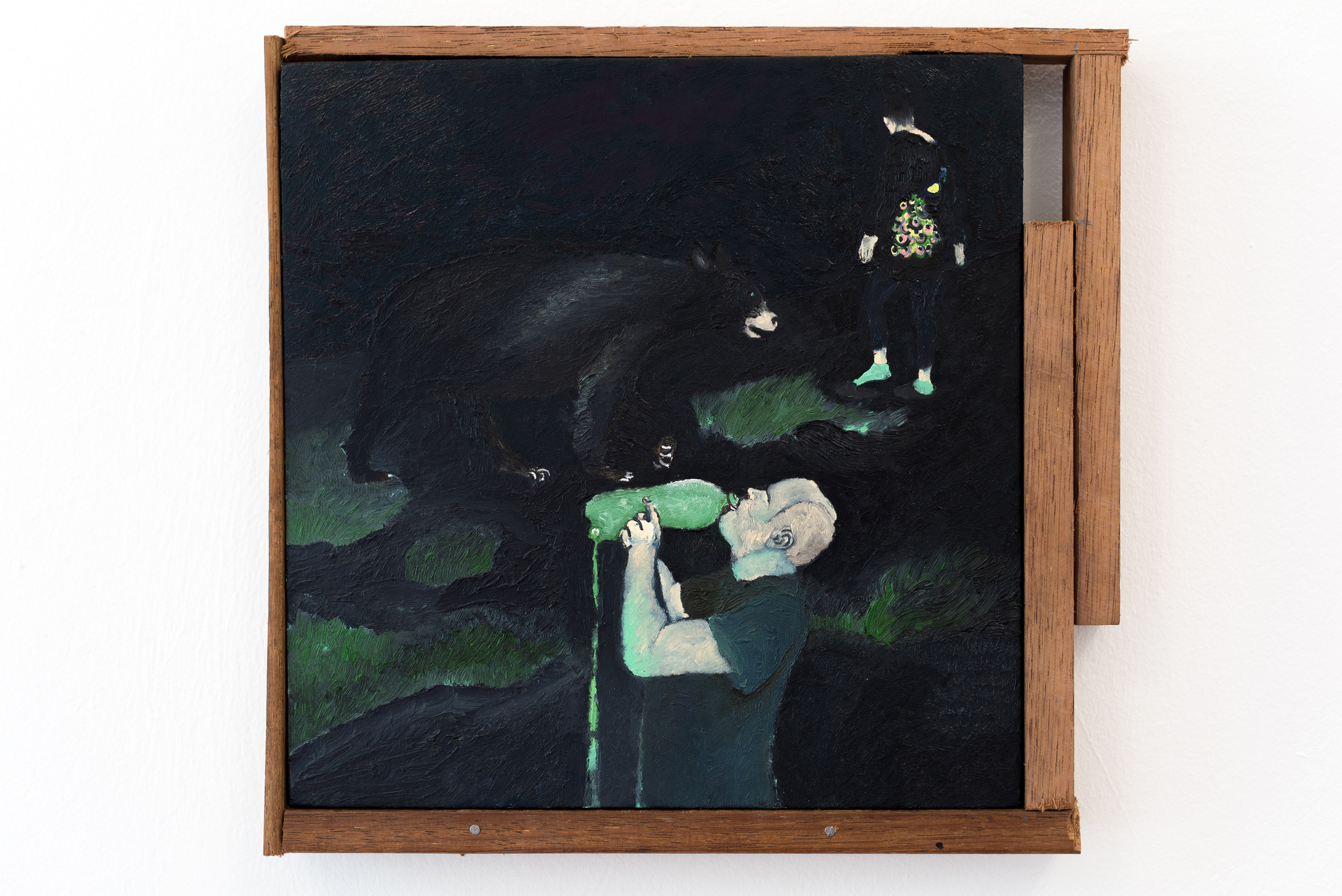
Location
Gallery ArtbeatDate
23.06 –04.09.2021Curator
Natia BukiaPhotography
Sandro SulaberidzeSubheadline
Thea Gvetadze is an artist creating images of enigmatic scenarios, loaded with tension, emotion and symbolism. Experimenting with traditional techniques in clay and textile amongst other materials, Gvetadze’s practice specu- lates with highly idiosyncratic forms of image-making, representation and story-telling. Thea Gvetadze lives and works in Tbilisi, Georgia. Following her studies at the Tbilisi State Academy of Art, she relocated to Amsterdam in 1993 to continue her studies at the Rietveld Academy, and subsequently attended the Düsseldorf Art Academy. She has had solo exhibitions at the M HKA, Antwerpen; Gallery Nectar, Tbilisi; Museum von Ostwall, Dortmund; and the Georgian Pavilion at the 50th Biennale of Venice, 2003. Gvetadze has also participated in exhibitions and projects at Art in General, New York; Cobra Museum, Amstelveen, The Netherlands; and Karvasla Tbilisi History Museum. Mamuka Japharidze (born in 1962, in Tbilisi) lives and works in Tbilisi and UK. The medium of his works changes according to the context and environment and includes: happenings, collections of objects and images, video projections, photography, linguistic games, drawings, sound design, prints, photo archives collected over a long period of time… Since 1987, Mamuka Japharidze has been working on conceptual projects. ARTRA was presented at the Georgian Pavilion, the 48th Venice Biennale, 1999. In the same year a video projection, Eye Trees was presented in Atlanta. The artist’s works were exhibited at Georgian National Museum several times, including Reframing the 80s in 2012 and Re:Museum in 2014. With the works by other Georgian artists, Mamuka Japharidze’s installation was featured at the exhibition Beyond Credit at Art in General, in New York. Anna K.E. was born in 1986 in Tbilisi, Georgia. K.E. attended the famous Vakhtang Chabukiani classical ballet school from 1995-2000, and in 2000 K.E. moved to Germany. In 2002 at 15 years old K.E. became one of the youngest students ever to attend the Staatliche Akademie der Bildenden Künste Stuttgart. In 2004, she moved on to one of the most respected art schools in Germany – the Kunstakademie Düsseldorf – where she received her diploma degree as well as Meisterschülertitel with professors Georg Herold and Christopher Williams in 2010. During and after her studies Anna K.E. received numerous awards and prizes including the Rotary Club Scholarship 2007; the Audi Art Award 2008 for progressive performance; the ISCP artist residency 2009, NYC; and the Herbert Zapp prize for young art 2012. In 2010 after finishing her studies in Germany K.E. moved to New York to attend the ISCP International Studio & Curatorial Program, with the financial support by the German government (DAAD Scholarship; NRW Travelscholarship; Kunststiftung NRW). Since completing the program, K.E. lives and works in both NYC and Berlin. Anna K.E. is represented by the New York based Simone Subal Gallery, and has had solo shows there in 2013, 2015 and 2018; and by the Berlin based Galerie Barbara Thumm with solo shows in 2013 and 2015. The galleries regularly exhibit her work at local and international art fairs including Frieze New York, Art Basel Miami, Armory New York, ARCO Madrid, LISTE Basel, and ZONAMACO Mexico, among others. Anna K.E. had her first institutional solo show at the Queens Museum in 2017, and has also shown at institutions such as The Kitchen, NYC (2015); the Museum of Contemporary Art, Santa Barbara, CA (2015); the Museum of Contemporary Art, Atlanta, USA (2015); The Renaissance Society, Chicago, IL, USA (2012); and The III Moscow International Biennale for Young Art, Moscow, Russia (2012); Kunsthalle Recklinghausen, Germany (2011); Museum K21, Düsseldorf (2010); Cobra Museum, Amsterdam, The Netherlands (2009); and Kunstverein Ludwigshafen, Germany (2009). In 2012 Hatje Cantz published Anna K.E.’s first monograph entitled “A well-to-do man is cruising in his fancy car when a small hen runs out on the road in front…”. When Giorgi Khaniashvili saw tabloid newspapers, erotic posters and pornographic magazines as a teenager, it helped inspire his later style. He copied images that struck him, and these became a visual language which would define his work. He became an artist against the backdrop of Georgia’s painful transition from decades of Soviet rule. This has produced an often uncomfortable local hybrid, a clash of old Soviet and new capitalist cultures. And juxtaposing opposites has become one of Khaniashvili’s guiding principles. He is also an exponent of the contemporary visual culture of “anything goes,” blending myriad images and influences. So his sculptures and reliefs conjure up Byzantine archangels and other ancient figures, but they are presented with the intrusive aesthetic of modern porn. Khaniashvili graduated from Tbilisi State Academy of Arts. He has participated in number of group exhibitions. Recently his work was included in 33rd Ljubliana Biennale of Graphic art, curated by Slavs and Tatars. Nika Kutateladze was born in 1989, in Tbilisi. He studied on the faculty of Architecture at the Tbilisi State Academy of Arts between 2007 – 2011. In 2013 he graduated an informal master’s course at the Centre of Contemporary Art, Tbilisi (CCA-T). The majority of the artworks comprise installations and sculptures, reflecting day-to-day consumerism and different environmental issues. His later artistic utterances challenge the transformative process of architectural spaces and urban environment, in general. Selected solo and group exhibitions: 2019 - ‘Metamorphosis’, Art in Europe Now - The Fondation Cartier, Paris, France; 2018 - ‘To Protect My House While I’mAway’, Tbilisi Architectural Biennial, Tbilisi, Georgia; ‘Watermill on Former Pavlov Street’, Kunsthalle Tbilisi, Georgia; 2017 - ‘Minibus and Playground in My Old Apartment’ at Mitskevich Street 20, Tbilisi, Georgia; ‘Double Standards’, Yarat Contemporary Art Centre, Baku, Azerbaijan; 2016 - ‘Wall, Coarse calico, Parquet’, Tbilisi, Georgia; 2015 - ‘AD HOC’, LA STATION, Niece, France; 2014 - FEST I NOVA 2014 - ‘OPUS MIXTUM’, Art villa Garikula, Georgia; 2013 - ‘Am I You’ - Gallery Container, Tbilisi, Georgia. Artists, Nata Janberidze and Keti Toloraia founded Rooms Studio in 2007 in Tbilisi, Georgia. Rooms Studio focuses on creating distinct spaces and collectible design pieces. Their vision is characterized by fondness for storytelling, exploring different directions and a mental acuity. The influence of their Soviet childhood in which they experienced tremendous cultural change and a mix of Asian and European traditions greatly impact Keti & Nata's ideas and objects. Distinguished by a human-made feel and symbolic shapes, the Duo continues to explore and experiment with unique techniques and materials. By unfolding hidden treasures of their historic roots and following their instincts, Rooms Studio conveys Georgian Arts and Crafts language into their work. Pushing the boundaries of limited-edition handcrafted pieces and driven by a love of simplicity, Rooms Studio reflects its attitude of capturing the simple bliss of life.Text
‘But it happened accidentally
Oh omniscient, I am not guilty’ - Akaki Tsereteli.
'This exhibition is a first personal observation and attempt to seek its own ‘language’ in contemporary Georgian art. But instead of the result bringing answers, it poses questions. How much is it necessary for contemporary art to have an identity? And if it isn’t, how much can artists abandon this influence? In what extent do we humans, as trees, need roots? And how much do these roots need to be connected to geography and to human unity created through accidental occurrences and collective efforts?
How relevant is it today David Kakabadze’s century-old reflections about rebirth of almost dying Georgian art through the identification of Georgian ‘language’? Or maybe on the contrary, it is possible to achieve this rebirth only by looking outward? By abandoning national forms only through which merging with greater, universal entities would be possible? Or maybe it is necessary to concentrate on the specifics to unite with the universal, as what is a human being other than a collection of personal and private experiences? Only this way universal is created? And is it even possible to reject those experiences, which have played such a significant role for establishing one’s individuality? Or maybe they have never been so significant anyway?
I don’t know how close my discoveries will lead to brother Zdanievich’s finding, after they came to Tbilisi in search of national signs in Georgian art in the summer of 1912 but this is not the important part. Searching always makes sense. And as poetry has always been a favorite art form for Georgians, so this exhibition itself can stay as a written poem, which for the participating artists will be a dedication to what they think corresponds to their identity and for myself, it will be dedicated to the place, where accidents and endeavors of people created what nowadays can be called Georgia and to those people, who were formed by this place and are today called Georgians. This exhibition is also dedicated to Pirosmani, because maybe he was the only one who gave us an opportunity to call something Georgian art.
‘Niko, in your paintings precious Georgian art can be felt, you made a discovery and laid a path for Georgian artists. Thanks to your paintings Georgian art will return to its historic river-bed and besides, you opened our eyes on beautiful Georgia, which you have depicted with so much rigor and passion’ - Ilia Zdanievich, 1912.
P.S.
This exhibition will give us another opportunity to observe in a country where folk art has been so dominating, whether contemporary visual artists have managed to substitue folk art as has happened in other fields like music and literature. Whether they managed to borrow forms and colors from the people in a way that they could still create something truly individual and at the same time something understandable for all of us?’ - Natia Bukia.
Natia Bukia